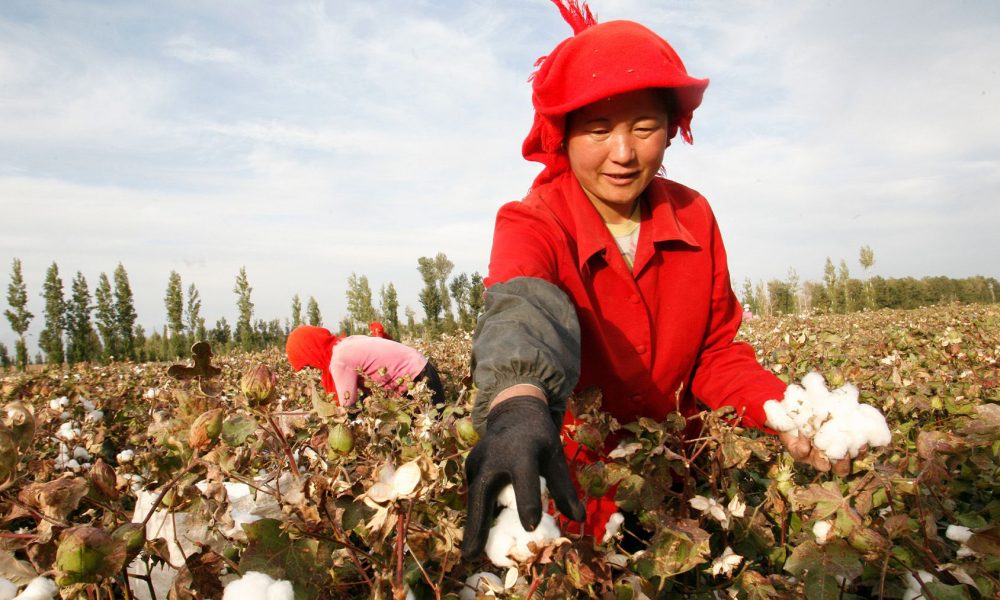Although banned in the US and highly avoided in Canada due to its association with forced labour, cotton originated from the region of Xinjiang, China’s biggest cotton producer, still manages to find its way into, at least, 103 fashion brands all over the world. To make it possible, Xinjiang cotton is “laundered” by supply chain intermediaries that manufacture finished goods before selling them to clothing brands and then to consumers. Check this out.
Released in December last year, a study entitled “Laundering Cotton: How Xinjiang Cotton is Obscured in International Supply Chains” was performed by the United Kingdom’s Sheffield Hallam University’s Helena Kennedy Centre for International Justice. Data in this research demonstrated that, although several steps have been taken during the past few years to prevent “laundered” cotton from China from entering fashion supply chains across the globe – especially in the US – it still seems to be a widespread practice. Mostly due to an unfortunate lack of transparency along the supply chain of the fashion sector, some companies might still be, unwillingly, using cotton sourced from the Chinese region of Xinjiang.
In those cases, along the processes involving the production and distribution of fashion merchandise, this “laundered” Chinese cotton is exported to manufacturers located in intermediary countries – such as Indonesia, Bangladesh, Sri Lanka, India, Vietnam, Pakistan, Ethiopia, Kenya, and Mexico – prior to being sold to brands. Therefore, it implies that most fashion companies – including Canadian retailers Aritzia and Lululemon – are completely unaware of the real provenance of the raw materials used to manufacture the finished goods they sell to their end consumers. According to the study under analysis, around 103 global fashion brands are supplied by manufacturers in the above-mentioned countries, meaning that those companies are “at risk of having Xinjiang cotton in their supply chains”.
Moreover, as a consequence of the passage of the Uyghur Forced Labor Prevention Act by the US Senate and House of Representatives – after human right abuses against this Muslim ethnic minority were reported -, as well as due to concerns about forced labour in the Chinese region, US President Joe Biden signed last December a legislation banning all imports from Xinjiang from entering the US. That’s because this recently approved law presumes that, unless “clear and convincing” evidence proves otherwise, products from Xinjiang are manufactured using forced labour. According to German researcher Adrian Zenz, “[the law] is a very important step but it basically triggers a lot of follow-ups. There’s a great need now to increase the capacity of the enforcement authorities. Source tracing mechanisms have to be strengthened – it almost has to be made a requirement”.
The Chinese government repeatedly denies any allegations of forced labour taking place in the country. The northwestern region of Xinjiang is responsible for producing 85% of China’s cotton and a fifth of all the world’s cotton.
Published by HOLR Magazine.



